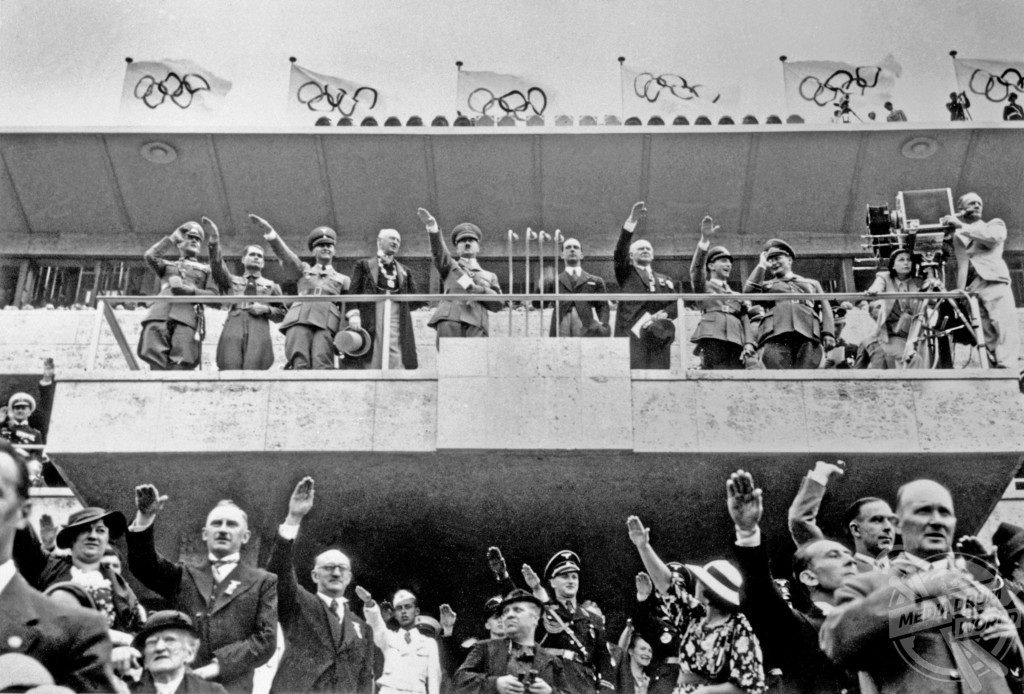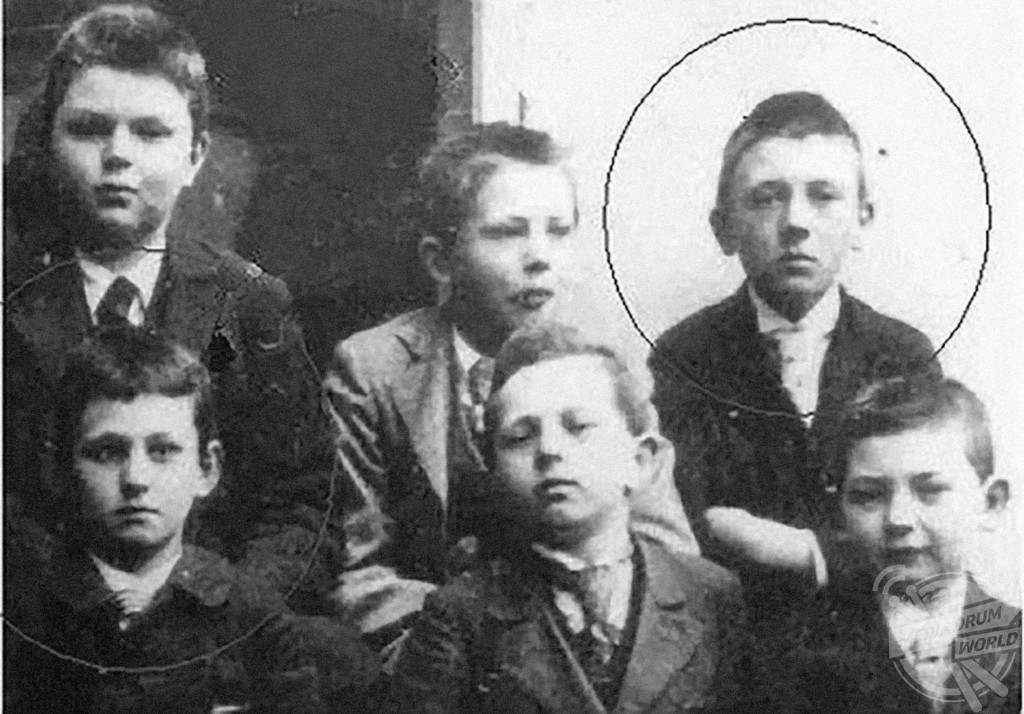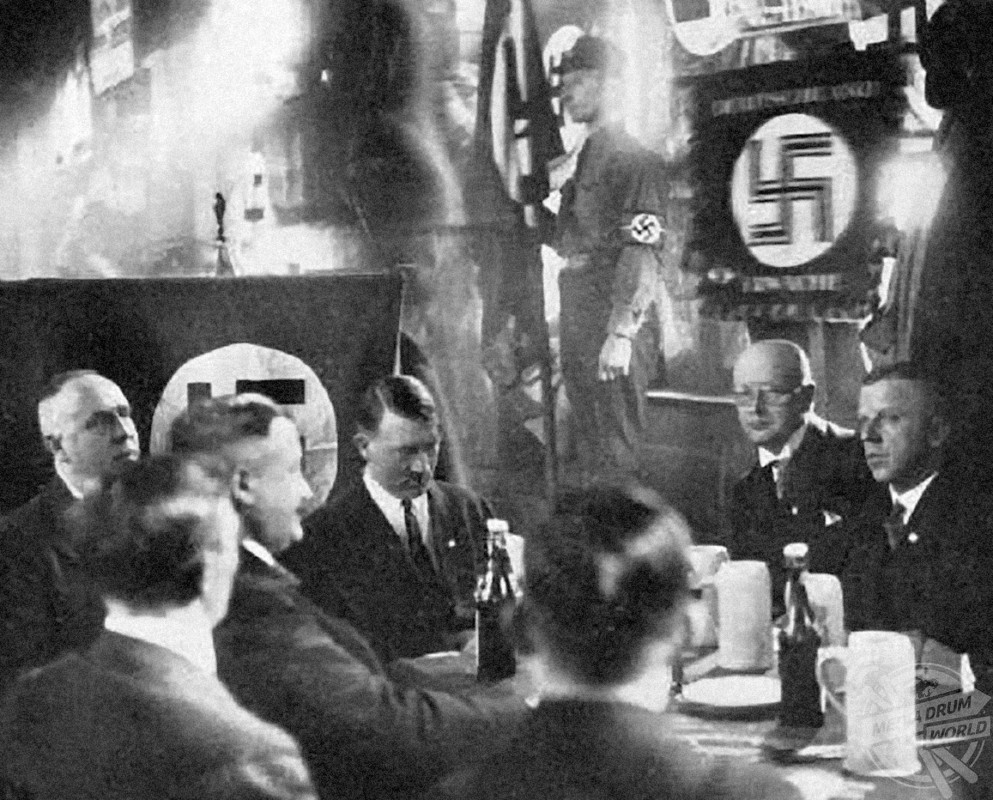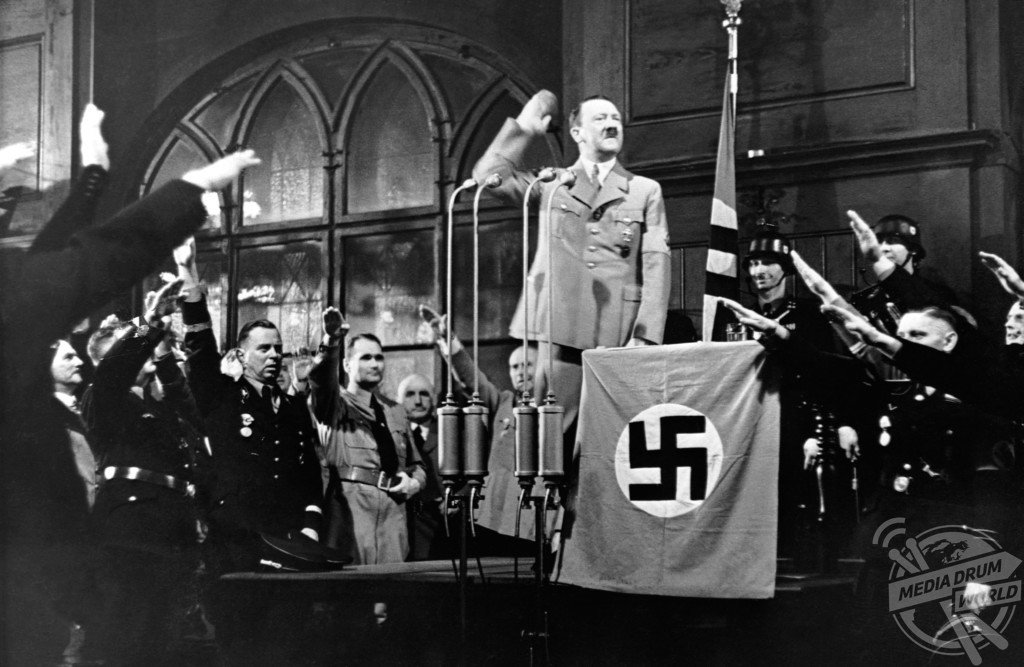By Tom Dare
THE TRUE EXTENT of Adolf Hitler’s insanity, and the extent to which both he and leading members of the Nazi members were aware of it, has been laid out in fascinating detail in a new book which looks to gain a better understanding of exactly what was going on in the higher echelons of the Nazi party during their rule of Germany.
Images from ‘Hitler’s Insanity: A Conspiracy of Silence’ by author Andrew Norman include several from the infamous dictator’s younger years. One shows a baby Hitler at just a few months old, while another shows him in a school photo at the age of 14.

Further shots from the book show Hitler stood next to a car shortly after his release from prison for attempting a coup during the Munich Beer Hall Putsch in 1924, with a further picture showing him conducting the Nazi salute during the 1936 Munich Olympic Games.

While there can be few contestations that Adolf Hitler was indeed insane, Norman states that the main aim of his book was not to establish this fact, but to delve deeper into the madness behind one of the most brutal dictators in history.

Through accounts from his childhood doctor right the way through to the thoughts of one of the men who tried to assassinate him, Claus Von Stauffenberg, Norman uses a combination of private diaries, speeches and transcripts from the Nuremberg trials to paint a detailed picture of just how aware people were of the extent of Hitler’s insanity. Speaking of how he set about realising his ambitions, he writes:

“Had Hitler appeared to the world in a different context, on the theatric stage, for example, he would have appeared in a totally different light, and it was no accident that film actor and director Charlie Chaplin, and countless others, chose to parody him in a most unmerciful way, viz. the film The Great Dictator, a US political satire/ comedy, released in 1940,” he says.

“A clown walks onto the stage with a ‘reformed school type’ haircut; a manic clicking of heels; and a theatrical open-palm (Nazi) salute, given in response to someone saluting him with outstretched arm. He engages in humourless rants, during the course of which he works himself up into a snarling frenzy. Yet Hitler was no clown. With the clever use of music and pageantry, military parades, enormous flags with Nazi logos, and a harking back to Germany’s real, or imagined, past glories (viz. the Nuremberg rallies), Hitler, with his rhetoric and gesticulations, was able to create an atmosphere of awe and power.

“He rekindled the Germans’ sense of national pride, and even encouraged them to regard themselves as a master race. In fact, what Hitler was doing was raising false hopes, hiding from them his true purpose (which was world war), and, in so doing, luring them to their ultimate destruction.”
‘Hitler’s Insanity: A Conspiracy of Silence’ by Andrew Norman is published by Fonthill Media, and can be pre-ordered here: https://www.amazon.co.uk/Hitlers-Insanity-Conspiracy-Andrew-Norman/dp/1781556628






